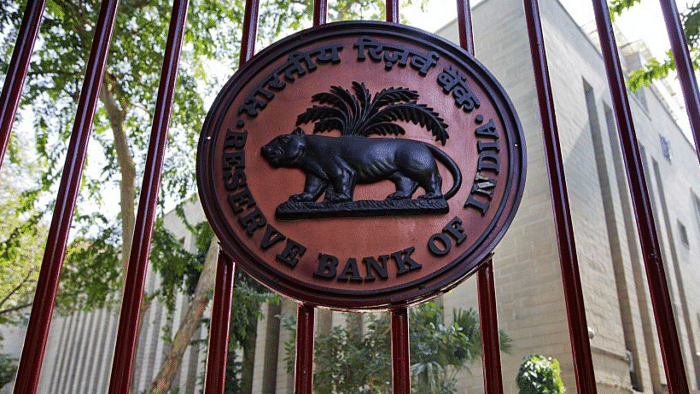
India’s central bank started a new e-rupee trial for consumers and retailers on December 1. State Bank of India, ICICI Bank, Yes Bank and IDFC First are participating in the test run across Mumbai, New Delhi, Bengaluru and Bhubaneswar. DH’s Shakshi Jain explains how the e-rupee will work.
What is a central bank digital currency (CBDC)?
CBDC is a digital form of sovereign currency issued by the central bank of a country, to serve as a medium of exchange, as well as a store of value, for all stakeholders - citizens, private enterprises and public agencies in the economy. It imposes the same liability on the apex bank as does paper currency.
How is e-rupee different from paper money?
The digital rupee is a legal tender issued by the Reserve Bank of India in electronic form. It is the digital counterpart of physical cash, based on blockchain technology. “It is substantially not different from banknotes, but being digital it is likely to be easier, faster and cheaper,” the central bank highlighted in a concept note released in October. However, unlike paper currency which constitutes a liability to commercial banks as well, the e-rupee will be RBI’s liability alone. One need not open a bank account to hold it. It will offer the same features of physical cash such as trust, safety, liquidity and settlement facilitation.
What are the two categories of e-rupee?
The digital rupee has been categorised into two broad segments - general purpose or retail (CBDC-R) and wholesale (CBDC-W). With a full-scale launch for everyday use, CDBC-R will likely be available to all stakeholders, while CBDC-W is open for restricted use by select financial institutions.
How will the digital rupee work?
It will be available in the form of a digital token, issued in the same denominations that paper currency and coins are currently issued. Individuals and groups will be able to transact with e-rupee through a digital wallet which will be facilitated by participating intermediary banks and stored on mobile phones and other devices. No interest can be earned on it, however, unless converted into other forms of money such as deposits with banks. Transactions can be carried out for both categories - person to person and person to merchant (through QR codes).
How much progress has the government made w.r.t. the e-rupee?
The government revealed plans of launching the digital rupee during its Budget speech on Feb 1. It issued a gazette notification on March 30 to introduce the necessary amendments in the Reserve Bank of India Act 1934 to run a pilot programme and its full-scale launch in the future.
Following a month of pilot testing of e-rupee transactions in the wholesale segment to settle secondary market transactions in government securities, the RBI has now rolled out the CBDC pilot for retail customers in Delhi, Mumbai, Bengaluru and Bhubaneswar. The pilot programme will initially be launched for select closed user groups.
When can a mass rollout be expected?
The central bank is yet to announce a date for the full-scale introduction of the digital version of the rupee for mass use. Currently, the apex body is carrying out pilot programmes to test the different features and applications for further improvement. Some industry insiders see a full-scale launch in early 2023.
What are the shortcomings of e-rupee?
Industry watchers listed adoption-related issues, lack of trust and cybersecurity threats as possible challenges. “There’s already UPI (united payments interface) and it is a very successful and well-adopted technology. So, I’m still trying to understand the use cases for the digital rupee. How it will be better than UPI,” said Aditya Damani. Others worried about privacy. “It will take some time to be adopted as transactions in CBDC lack privacy and can be easily tracked,” said Sugandha Sachdeva, the vice-president of commodity and currency research at Religare Broking.
What are the advantages?
Besides reduction in operational costs incurred in physical cash management, the RBI has listed financial inclusion, resilience, innovation in payments systems and efficiency in the settlement system, among others, as key reasons for the move. Furthermore, “the use of offline features in CBDC would also be beneficial in remote locations” in the absence of electrical power or mobile connectivity, the concept paper stated. The move is also a safeguarding mechanism against the challenges that cryptocurrencies pose to the traditional financial system.